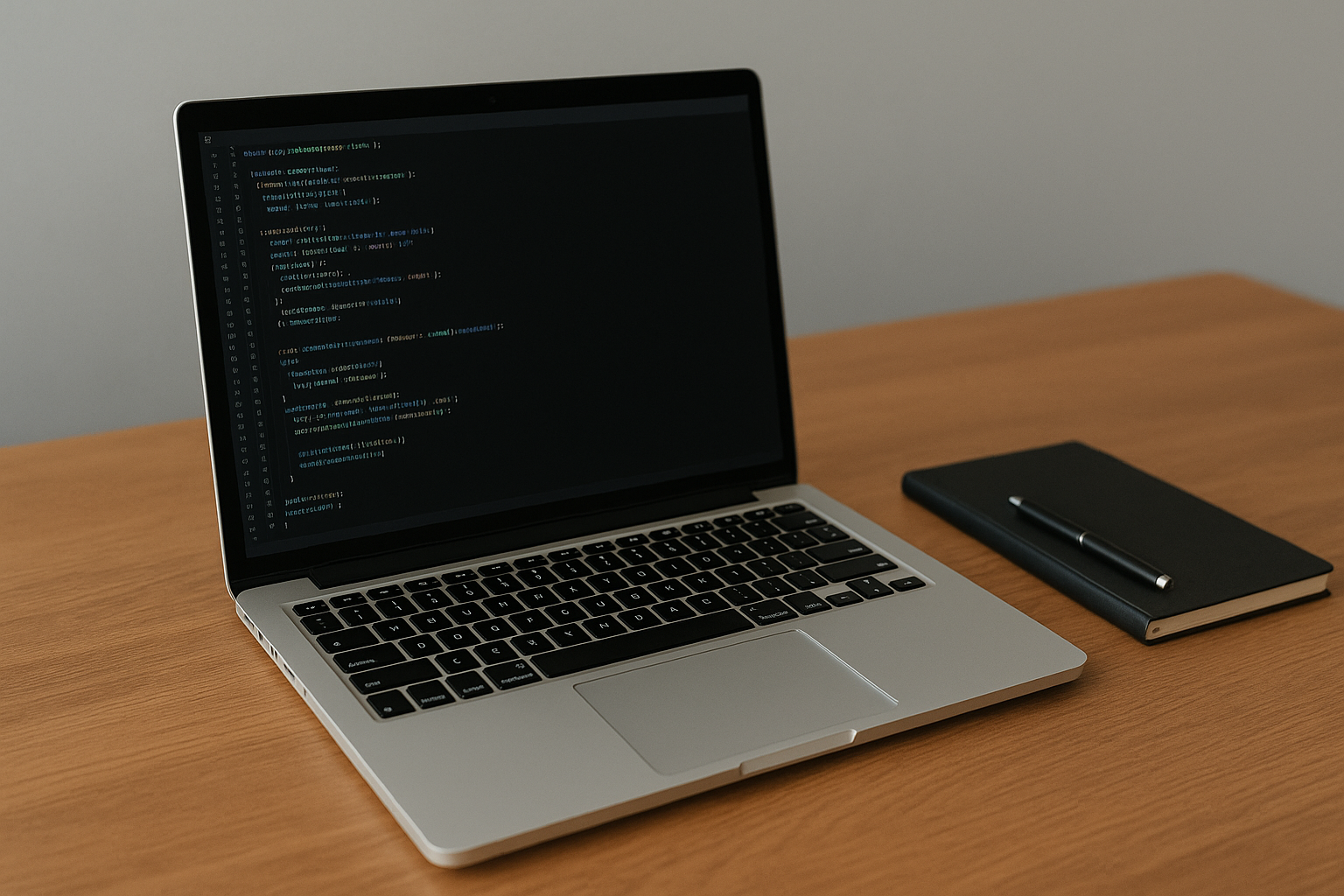Enhancing Your Next.js Blog: Styling, Navigation, and Tag Pages
August 12, 2025 development notes Next.js Styling UI/UX Navigation Tags

Once your Next.js blog is up and running, enhancing its user experience through thoughtful styling, intuitive navigation, and dynamic features like tag pages can significantly improve engagement. This post covers practical steps to refine your blog's presentation and functionality.
Refining Article Display
1. Title Sizing and Spacing: A prominent title is crucial for readability. Adjusting its size and ensuring adequate spacing from other elements can make a big difference.
Problem: Blog post titles are too small or lack proper spacing.
Solution: Utilize CSS classes (e.g., Tailwind CSS text-5xl, font-bold, mb-4) to increase title size, bold it, and add margin-bottom for visual separation.
2. Date Formatting and Tag Integration: Displaying the publication date clearly and integrating tags near it provides quick context for readers.
Problem: Dates are not formatted optimally, or tags are not easily visible.
Solution: Format dates using toLocaleDateString for better readability. Integrate tags using a flexible layout (e.g., Flexbox) to position them alongside the date, applying subtle styling (e.g., ml-2, text-xs, rounded-full for tag badges).
3. Image Sizing within Articles: Images are vital for breaking up text and conveying information, but oversized images can disrupt layout and load times.
Problem: Images within article content are too large.
Solution: Apply CSS rules to article img (or a more specific class) to set max-width: 100% (or a smaller percentage like 50% for a more contained look) and height: auto to maintain aspect ratio. Use display: block and margin: auto for centering.
Intuitive Navigation
1. Next/Previous Entry Links: Guiding users to related content keeps them engaged. Next/previous links at the end of an article are a common pattern.
Problem: Users finish an article with no clear path to other content.
Solution: Implement logic to find the current article's position within a sorted list of all articles. Render Link components for the previous and next articles, displaying their titles.
2. Back to Blog List Link: Providing an easy way to return to the main blog index improves user flow.
Problem: No direct link back to the main blog list from an individual article.
Solution: Add a prominent "Back to Blog List" link at the bottom of the article page, typically styled as a button or a clear text link.
Dynamic Tag Pages
Tag pages allow users to explore content by specific topics, enhancing discoverability.
Problem: Clicking on tags leads to an "under construction" page or no filtered content.
Solution:
generateStaticParamsfor Tags: Insrc/app/blog/[lang]/tags/[tag]/page.tsx, implementgenerateStaticParamsto extract all unique tags from your blog posts across all languages. This ensures a static page is pre-rendered for each tag.- Page Component Logic: In the tag page component, fetch all posts for the current language and filter them by the
tagparameter from the URL. Display these filtered posts using a layout similar to your main blog list.
By implementing these enhancements, your Next.js blog will not only look more polished but also offer a more engaging and user-friendly experience.